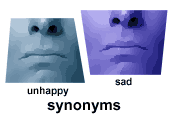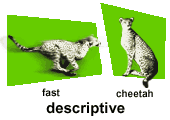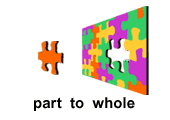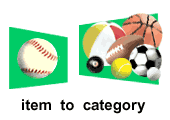An easy way to practice solving analogies before the big test!
Analogies are a key part on many standardized tests - use this practice and prepare! This activity explains the different analogy types and provides a number of analogies to solve as practice. It can be used as an independent study activity, as a homework assignment, or as prep for a test or quiz.Looking for more test prep resources?
Visit the Study Skills & Test Prep Center!|
Learning to solve analogies is an important way to sharpen your thinking skills and prepare for standardized tests. What are analogy word problems?An analogy is a type of word problem that consists of two word pairs. To solve analogies, you must find a word that correctly completes the second pair. At first glance, the words in an analogy may seem to have nothing to do with each other, but the words are always logically related. The first pair of words has a relationship similar to the second pair of words. To solve the analogy, you need to figure out that relationship. Why is it important to learn to solve analogies?Learning to solve analogies is crucial for students as it helps in enhancing critical thinking skills. It enables them to identify relationships and connections between different concepts, thus fostering a deeper understanding. Additionally, analogies often appear on standardized tests; therefore, proficiency in solving them can contribute to better test scores. How to solve analogiesTo solve analogies for standardized tests, follow these steps:
Examples and practiceExample:GRACEFUL : CLUMSY :: HOT : _______
|
|
Common Analogy TypesThe word pairs in an analogy often have one of the following relationships:
|
|

Antonyms: Words that have opposite meanings, as in HOT : COLD |
|

Synonyms: Words that have the same or similar meanings, as in UNHAPPY : SAD |
|

Descriptive: One word describes the other word, as in FAST : CHEETAH |
|

Part to whole: One word is a part or piece of the other, as in PIECE : PUZZLE |
|

Item to category: One word is an item in the category named by the other, as in |
|
| Some analogies will not fit into the categories above.
Example:PUPPY : DOG :: KITTEN : _______
|
|
| Back to Word Analogy | |









